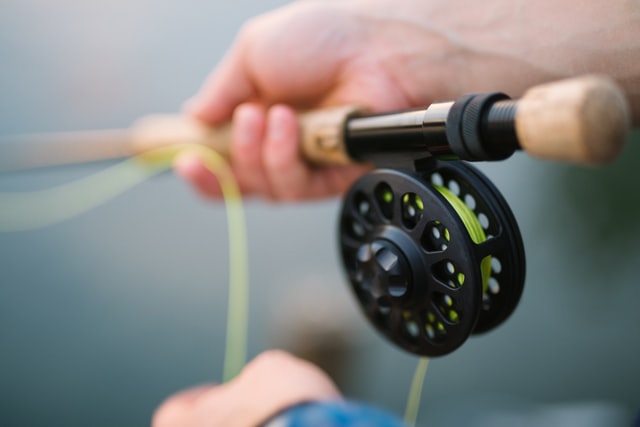For people who enjoy fishing, whether as a hobby or a serious career, one of the important ways to catch fish better lies in the knot they do to attach their hook with their lure or line. It can make or break your fishing trip because if you don’t know how to tie the knot right, you reduce your chances of getting a good catch throughout the day.
For those who require additional help, besides traditional knot-tying, they could consider using devices, such as a fishing knot tying tool. It makes things easier to achieve the correct knot, saving up plenty of time and proceeding to cast your line to get your first catch of the day.
Typically, the knot you should make depends on the lure, line type, and fishing style you practice. Keep reading below to find out the different knots you can consider based on your situation, helping you land more fish before the day ends.
The Palomar Knot
The Palomar Knot is a common fishing knot that plenty of bass fishers use and strive to perfect. It’s a durable kind of knot that’s easy to learn and perform once you get the hang of it. If you’re having trouble handling fluorocarbon material, you should dampen the knot to secure it in place.
Anytime you’re using a fluorocarbon line, the best way to deal with it is through a Palomar knot because you can rest assured it won’t fail you, so long as you do it well the first time. Every time you finish tying the knot, observe its top part to check if it’s twisted or bent, indicating that your line could be damaged.
You could also try pulling on the knot to monitor it further and see if it will break. Knowing that you have to grab a new fishing tool and redo your knot is better than casting your line without any knowledge that your knot is fragile, causing you to lose your hook and lure.
The Loop Knot
A Loop Knot is a unique fishing line knot to help change the pace because it gives people the flexibility to swing their bait more independently. As part of the knot, it requires you to make a loophole bigger than the opening of a split ring.
When you create a Loop Knot, your bait can move freely from side to side without struggle. That way, you can enjoy topwater fishing while waiting for your prey to take the bait and lure them into the boat to indicate your first catch of the day.
Using a loop knot with a compatible fishing line, such as a PF original monofilament, lets you handle your bait more efficiently. It gives you the chance to reduce the weight from the front part of the bait, especially since you don’t require using a split ring anymore.
The Improved Clinch Knot
For those who are always on the go and want to do things fast, making an Improved Clinch Knot is the one for you because it helps you manage your time wisely. People often pair it with a P-Line mono because it’s easy to tie over and over again every time it becomes loose.
While it’s not always everyone’s first choice when it comes to deciding on the right fishing knot, the Improved Clinch Knot can help you improve your speed on tying knots and swapping baits. Every time you think about tying this kind of knot, you don’t have to worry about burning it because it’s flexible and easy to do.
Conclusion
If you’re interested in fishing, you should start by learning how to tie a knot before anything else. You can practice doing a Palomar Knot, Loop Knot, and Improved Clinch Knot to give you a better idea of how important the skill of knot-tying is when it comes to fishing. If you want an easier solution, you could consider using a fishing line knot-tying tool, bringing you one step closer to casting your line and catching fish without problems.
Are you looking to buy a fishing knot tying device in the US for your upcoming fishing trip? Hook-Eze is a company that sells various fishing devices to help our customers tie their tackle better without hurting themselves. Browse through our catalog to learn about our latest products!
